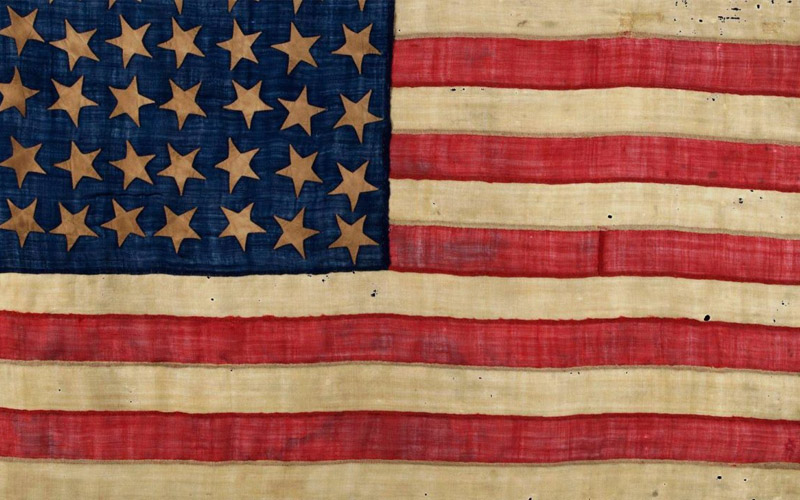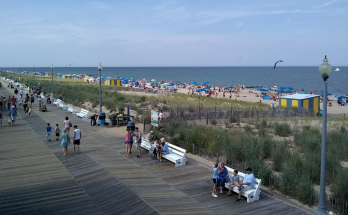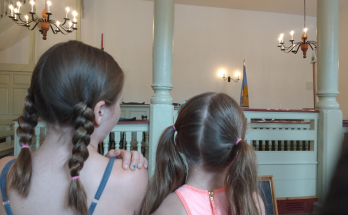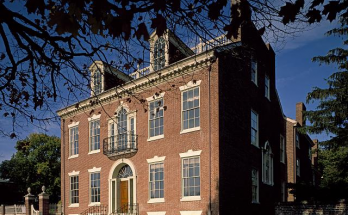On 3 September 1777, approximately 800 Americans forming the “Special Corps”: of Brigadier General William Maxwell engaged several thousand Hessian and Anspach “Jägers” (light infantry) and British light infantry in the vicinity of Cooch’s Bridge. Maxwell’s newly-formed corps was composed of Continentals from New Jersey, North Carolina, Pennsylvania, and Virginia, as well as volunteers from neighboring Pennsylvania and militia from New Castle County. Men composing Maxwell’s corps were supposed to be marksmen, and many were armed with rifles.
For one week, under orders from General George Washington to “provide every possible annoyance”, Maxwell’s corps had harassed and scouted the Crown Forces army. Commanded by General Sir William Howe, the 17,000-man Crown Forces army had landed at the Head of Elk in late August intent on advancing to capture the American capital, Philadelphia.
Advancing along the Glasgow-to-Newark road at about 9 o’clock in the morning, the Crown Forces advanced guard marched into a well-prepared ambush. Elements of Maxwell’s Corps opened fire on the Hessian Jägers from concealed positions along the road. Maxwell’s orders were to engage the enemy, force them to deploy, fall back to another defensive position and delay the enemy again.
After the initial surprise, the rifle-armed Jägers rallied and overran the first American position in hand-to-hand fighting. A second American line was encountered, stalling the Crown Forces advance. Howe reinforced the Jägers with two British light infantry battalions and ordered these troops to outflank the American position. The advance to the right led to a swampy area – today’s Sunset Lake – effectively removing one light infantry battalion from the action. The drive to the left towards Iron Hill was more successful in outflanking the Americans, forcing them to withdraw. Eventually, Maxwell’s troops were forced to cross the Christina Creek at Cooch’s Bridge, when Crown Forces artillery came into play, and Howe ordered a charge. Outnumbered, outgunned, disorganized, and low on ammunition, the Americans withdrew towards Christiana, ending the battle.
Casualties on both sides ranged from 30 to 40 dead and wounded. British pioneers buried at least 24 Americans on the field in unmarked graves. Among the American officers engaged in the battle were John Marshall (future United States Chief Justice), Thomas Duff of Newport, Delaware, Alexander Martin (later Governor of North Carolina), and Francis Gurney (founder of Dickinson College).
Following the battle, the Crown Forces occupied the area from Rittenhouse Park and Iron Hill to Aikens’ Tavern (Glasgow). General Cornwallis established his headquarters at the Cooch House. The Crown Forces encamped in the area for five days and on 8 September marched north through Newark. On 11 September 1777, the two armies met again at the Battle of Brandywine. The local grist mills of Thomas Cooch and Andrew Fisher were used to provide flour to the Crown’s troops, and the Cooch mill was destroyed when the Crown Forces departed.
Sometimes known as the Battle of Iron Hill by American participants, the battle was the opening engagement in the Philadelphia Campaign of 1777.
Pencader Heritage Museum
Museum Hours:
10:00AM – 4:00PM
1st and 3rd Saturdays
(302) 737-5792
FREE ADMISSION
Location:
2029 Sunset Lake Road
(Route 72, just South
of Old Baltimore Pike )
Newark, Delaware 19702




